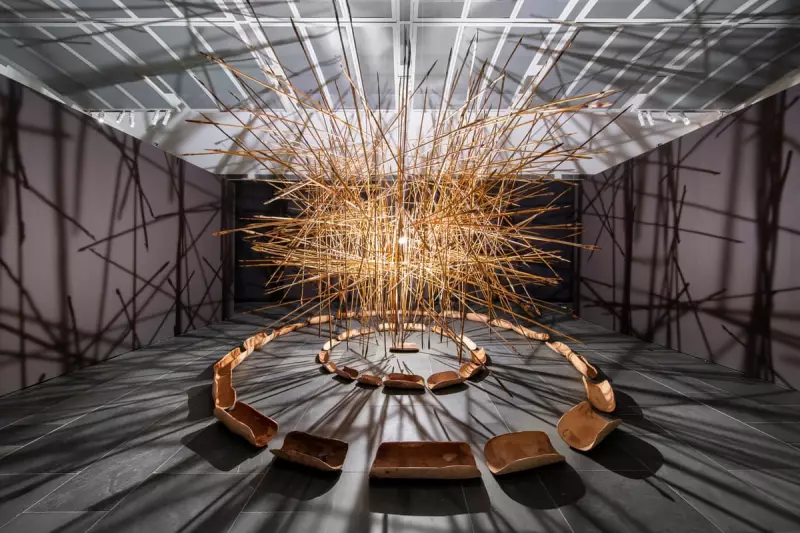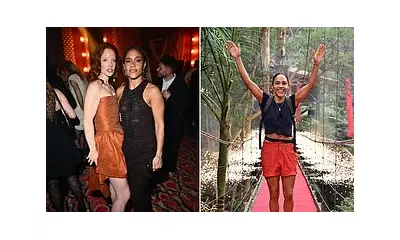
Australia's groundbreaking Tarnanthi Festival of Contemporary Aboriginal and Torres Strait Islander Art is celebrating a remarkable milestone this year, marking its tenth anniversary with an exhibition that organisers are calling "too deadly" for its powerful celebration of Indigenous resilience and creativity.
A Decade of Cultural Renaissance
Since its inception in 2015, Tarnanthi has transformed from a fledgling arts event into Australia's most significant platform for First Nations artists. The festival, whose name comes from the Kaurna language meaning "to come forth or appear," has lived up to its name by bringing forth an extraordinary renaissance in Indigenous artistic expression.
"What began as a bold experiment has become an essential fixture in Australia's cultural calendar," says Art Gallery of South Australia director Rhana Devenport, who has overseen the festival since 2019. "We've witnessed the festival evolve into a powerful vehicle for truth-telling and cultural preservation."
The 'Too Deadly' Celebration
This year's anniversary exhibition, cheekily titled "Too Deadly" – using Indigenous slang meaning excellent or awesome – showcases works from more than 1,500 artists who have participated over the past decade. The collection represents every state and territory, with pieces ranging from traditional bark paintings to cutting-edge digital installations.
Among the standout pieces is a monumental woven sculpture by Yolngu artists from Arnhem Land that stretches across the gallery's main hall, symbolising the interconnectedness of Indigenous communities across Australia.
More Than Just Art
Beyond the gallery walls, Tarnanthi has sparked crucial conversations about colonial history, land rights, and Indigenous sovereignty. The festival has become a platform where art intersects with activism, giving voice to communities that have long been marginalised.
"These works aren't just beautiful objects – they're carriers of culture, memory, and resistance," explains lead curator Nici Cumpston. "Each piece tells a story that challenges the dominant narratives about Australia's history."
Economic Impact and International Recognition
The festival's success has translated into significant economic benefits for Indigenous artists and communities. Over the past decade, Tarnanthi has generated more than $10 million in art sales, with 100% of proceeds going directly to artists and their communities.
International curators and collectors now regularly make the pilgrimage to Adelaide during the festival, with several works acquired by major institutions including the British Museum and the Metropolitan Museum of Art.
Looking to the Future
As Tarnanthi enters its second decade, organisers are planning to expand the festival's digital presence and establish more international partnerships. However, they remain committed to the festival's core mission: centring Indigenous voices and allowing artists to tell their stories on their own terms.
"The past ten years have been about building the foundation," says Devenport. "The next decade will be about deepening the impact and ensuring that First Nations art continues to transform how we understand this country and its history."





